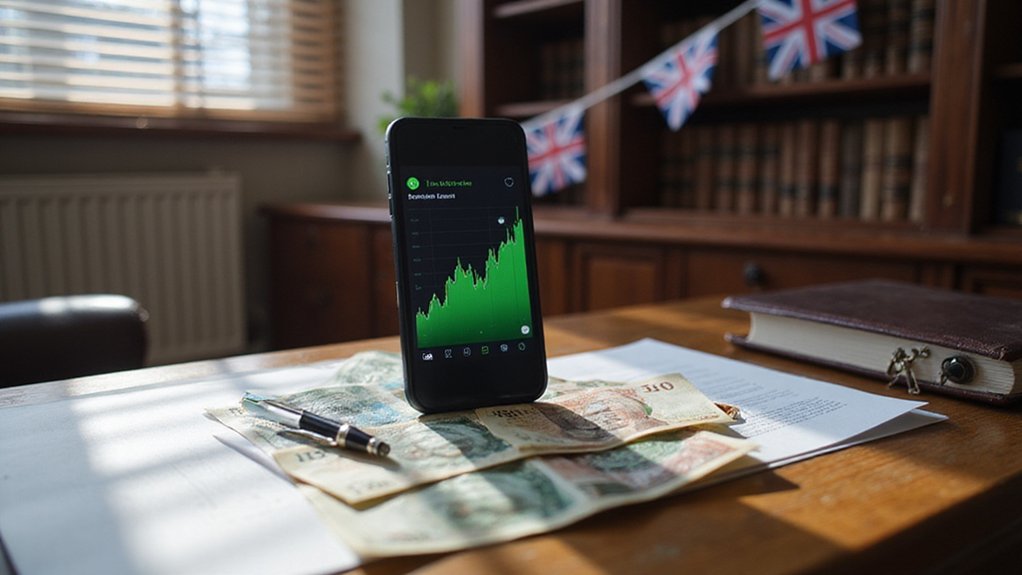While the cryptocurrency industry has weathered regulatory storms that would have sunk traditional financial sectors, the dawn of 2025 brought an unexpected reprieve as the new U.S. administration signaled a dramatic pivot toward accommodation rather than antagonism. The executive order signed in January promised regulatory clarity—a phrase so overused in crypto circles it had become meaningless—yet this time delivered tangible results.
The SEC’s transformation from crypto’s nemesis to cautious ally proved remarkable. The agency’s newly-minted Crypto Task Force swiftly closed investigations into OpenSea and Robinhood while dropping charges against Coinbase, actions that would have seemed fantastical months earlier.
The SEC’s dramatic pivot from crypto adversary to reluctant partner defied all expectations in an industry accustomed to regulatory hostility.
Perhaps most surprisingly, memecoins—those digital tokens born from internet jokes and sustained by collective delusion—escaped securities classification entirely by February.
Banking regulators followed suit with equal enthusiasm. The Federal Reserve Board rescinded its 2022 guidance that had effectively quarantined banks from crypto activities, while the joint statements from FRB, FDIC, and OCC that once limited digital asset operations vanished into regulatory history.
Banks no longer needed permission slips to dabble in digital assets, though one wonders whether institutional memory of previous regulatory hostility will prove more durable than current accommodation.
Stablecoins emerged as the unexpected beneficiaries of this regulatory détente. Government acknowledgment of these dollar-pegged tokens accelerated their integration into traditional payment systems, reducing operational barriers that had previously confined them to crypto’s shadow banking system. The expansion reflects broader stablecoin adoption trends as these digital assets find new applications beyond their original purpose as trading intermediaries.
The irony that digital representations of dollars faced fewer restrictions than the innovative protocols they often supported was not lost on industry observers.
Yet enforcement actions against platforms like OKX demonstrated that regulatory relaxation had limits. The exchange’s guilty plea resulted in forfeiture of over $420.3 million plus additional fines for operating without proper licensing in the U.S. market. Compliance with anti-money laundering and know-your-customer requirements remained non-negotiable, while private litigation continued holding crypto firms accountable where federal enforcement retreated. The shift toward market integrity initiatives marked a fundamental change in how regulators approached digital asset oversight and consumer protection.
The global implications proved equally significant. U.S. policy shifts served as a regulatory benchmark, influencing international frameworks as countries reconsidered their own crypto positions.
Whether this regulatory spring represents lasting change or temporary accommodation remains uncertain, but the industry’s cautious optimism reflects a sector finally emerging from its enforcement winter into something resembling regulatory sunshine.









